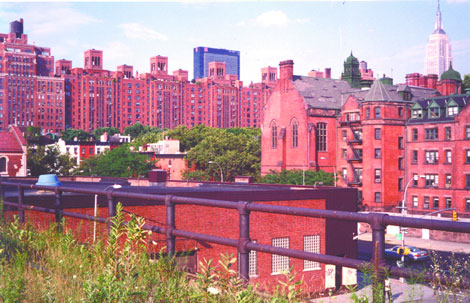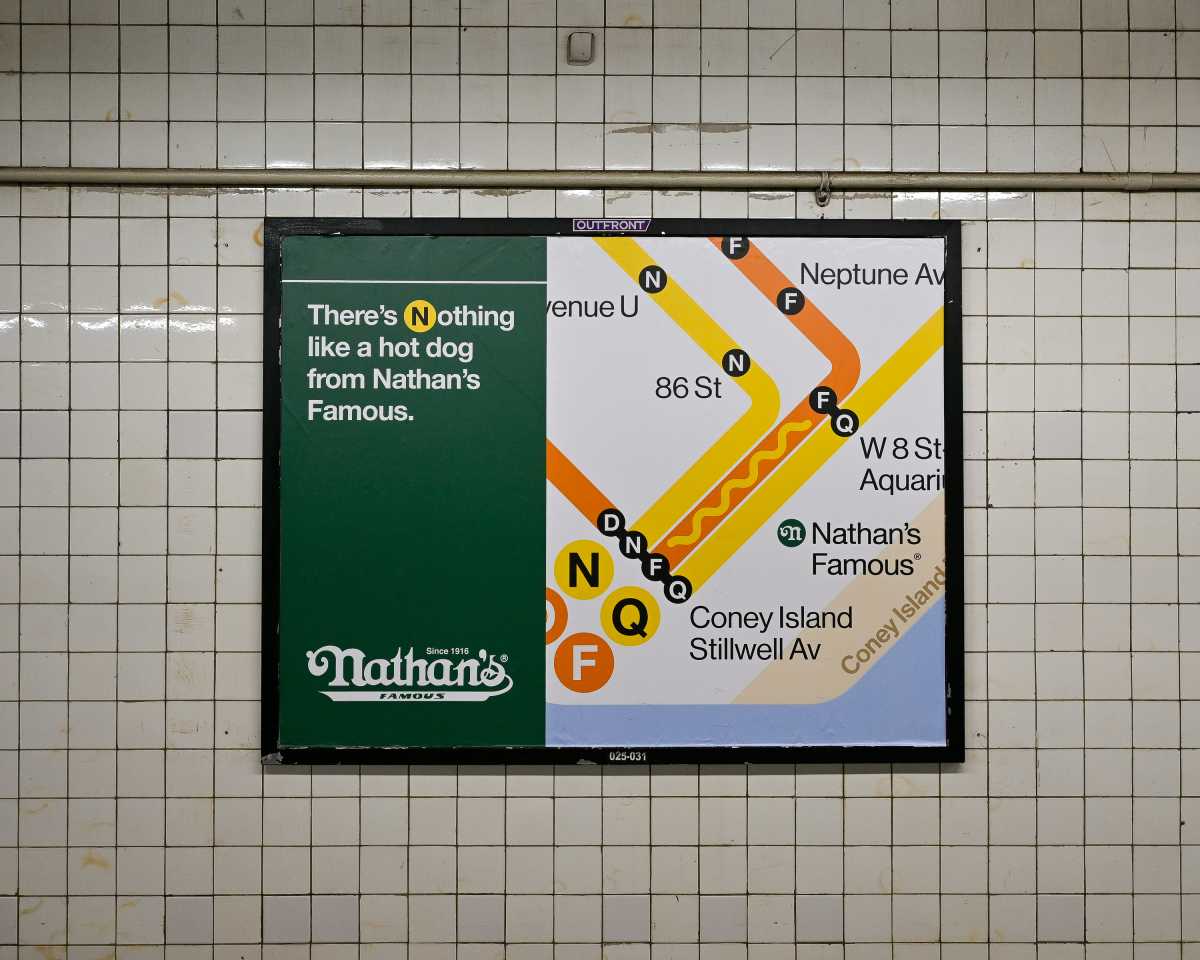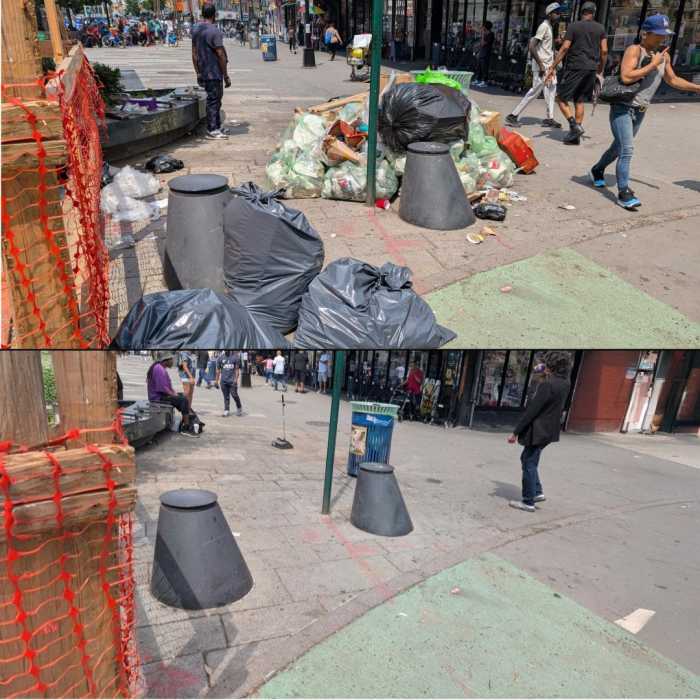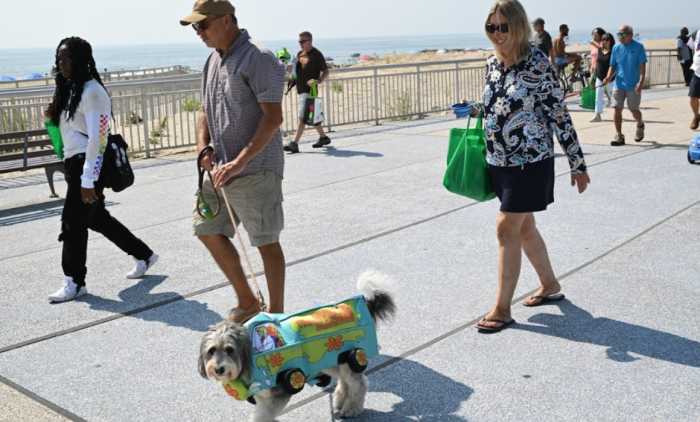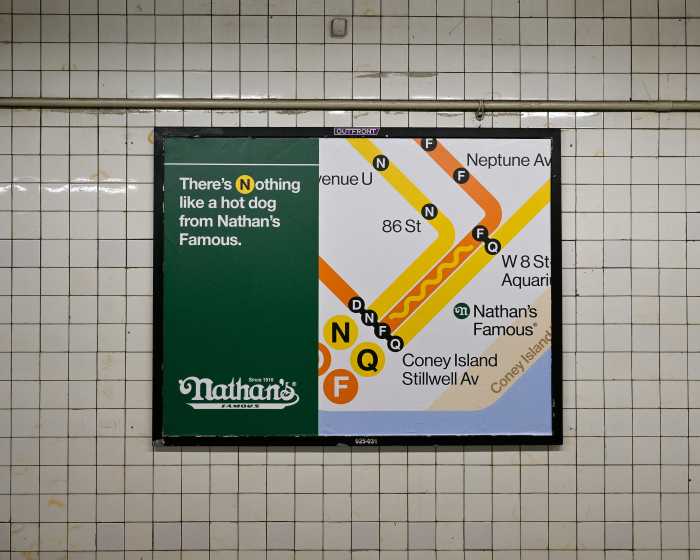By Josh Rogers
A few years ago, a colleague came back from a community board meeting saying there’s this new group that wants to save the elevated rail tracks near 10th Ave. in Chelsea. What a great story, I said. My interest in the tracks, called the High Line, grew with time as I’ve read this paper’s coverage — I even got to kick in an article of my own on a tight press day. I’ve lived my whole life in Chelsea and had never paid much attention to those abandoned rusty tracks that run through my neighborhood.
Deputy Mayor Dan Doctoroff, now in favor of saving the line, told me last year during an interview on other matters that he had recently gone on the line with its supporters. If Doctoroff — a family man who, like his boss, is wealthy enough to turn down a city salary — felt safe walking the line, why not me?
I saw a PBS show about the tracks a few weeks ago and I was struck by the footage of all of the wildlife 18 feet above me. I had to see it for myself.
Armed with tips from a colleague who had walked the line before, I knew how to get up there. This is not a “How to walk the High Line” column — my fear is it will be closed if more people do it. Lawyers would probably warn me to discourage people from trying this in Chelsea, and I am after all a trained professional — reporter that is, not a High Line walker. If it is against the law to walk the line (Johnny Cash notwithstanding), there was certainly no clear indication of that as I entered.
The first impressive sight was the clear views of the Empire State Building. The Hudson was at my back and I turned to see sailboats go by. I was on a nature trail in the middle of Manhattan and I was all by myself.
I quickly came across two obstacles in the tracks but I made it through each. If Doctoroff made it this far, I thought, I’m sure he wasn’t wearing one of his business suits as he crawled on the dirt.
I am a city boy so I’m not sure what sort of plant life I saw. It looked like everything from weeds to grass to wildflowers covering the rusty tracks. There were even a couple of trees. The green growing on the lines’ sides was reminiscent of ivy.
For the first time, I was able to fully appreciate some of Chelsea’s architecture. The raised views shined well on the General Theological Seminary and London Terrace. I was far enough away from Chelsea Park that the soccer players under the trees looked like they could be playing on grass rather than the hard artificial turf that I knew to be there.
At each street I stared to the west and in most cases I was able to see the water. To the east there were familiar buildings and pedestrian bridges at all new angles.
I had heard various ideas of what to do to preserve the line. Swimming pools and bike paths were two I recalled. Neither seemed quite right. As a biker, I prefer the Hudson path just to the west. Why carry a bike up 18 feet? A pool would destroy the High Line’s best feature — its wildlife. Make it a nature trail, maybe a bird sanctuary, I thought. Nature tours could be given. There would be no better place to talk about the history of Chelsea, the Meat Market, the waterfront and the other West Side industries that the line served before it was closed in 1980.
The tracks go under the old Nabisco building, now Chelsea Market. That’s where the first Oreo cookie was made. With all due respect to apple pie, what could be more American than an Oreo — regardless of where the black wafers and cream are made these days?
Of course the people living in buildings a few feet from the line might not like trekkers passing their windows on a regular basis.
And it was not all beauty and serenity along the line. Debris, broken glass and graffiti were visible in many places, particularly when the line passed under buildings. It’s not just real estate people who want to see it demolished. My parents, who have lived in Chelsea for more than 35 years, routinely ask when they are going to take those ugly tracks down.
The billboards in view seemed to tell parts of the story — a “Bad Boys II” poster, “Now Selling” on a new Chelsea condo and my favorite, “Bad Things Happen When You Leave the City.”
I came across old turnstiles, abandoned chairs and a few spray cans of Rust-Oleum paint — a few thousand short of what was needed to do the job. Metallic sculptures nearby seemed to fit in much better than the metallic art that used to be in the park at Broome and Watts Sts. before it was spruced up a few years ago.
The peace on the trail was occasionally interrupted by street noise — cars, radios and a rap concert on the water.
I had come to the end of the line on the High Line. But then I saw a new view of Sapokanikan Park at the end of W. 14th St. and I hoped I’d be able to return again.



